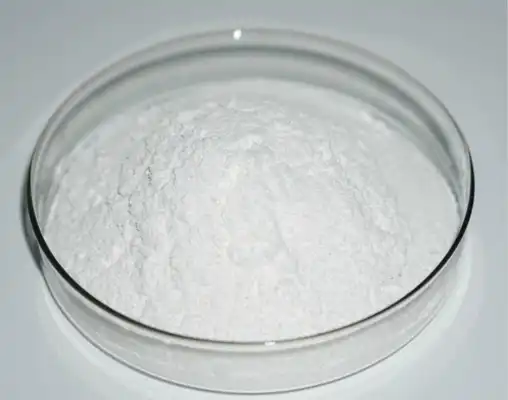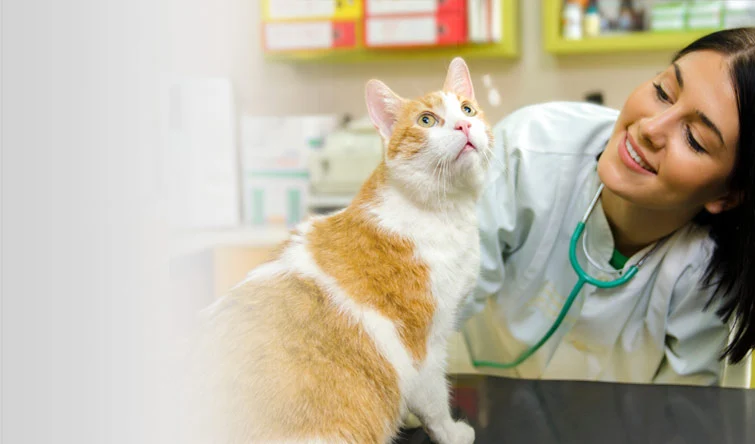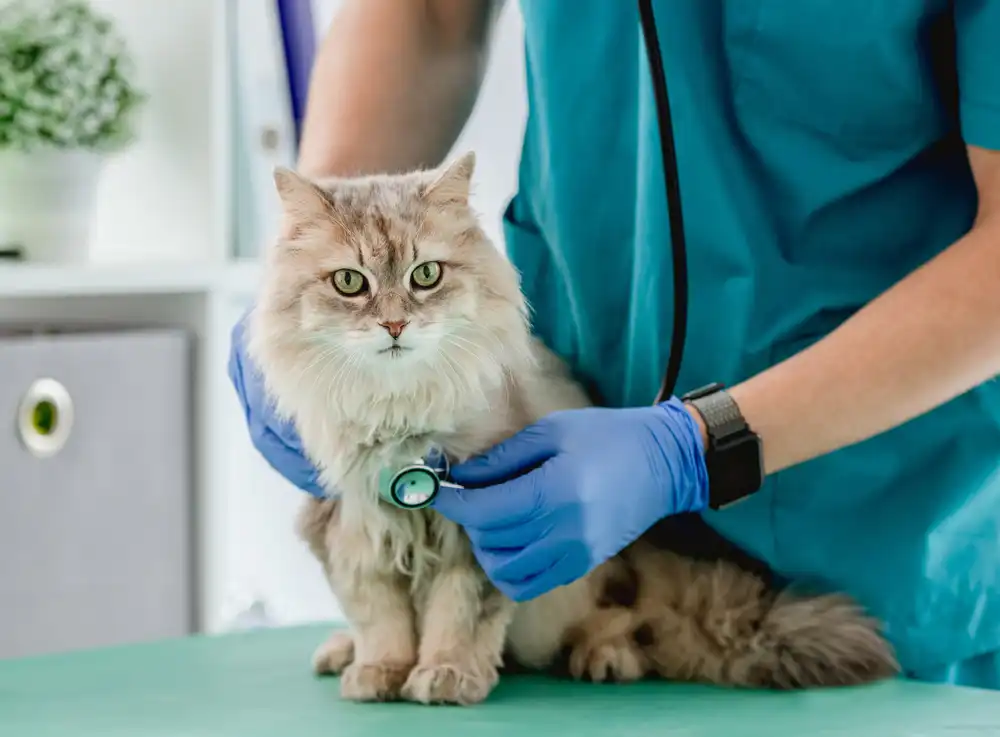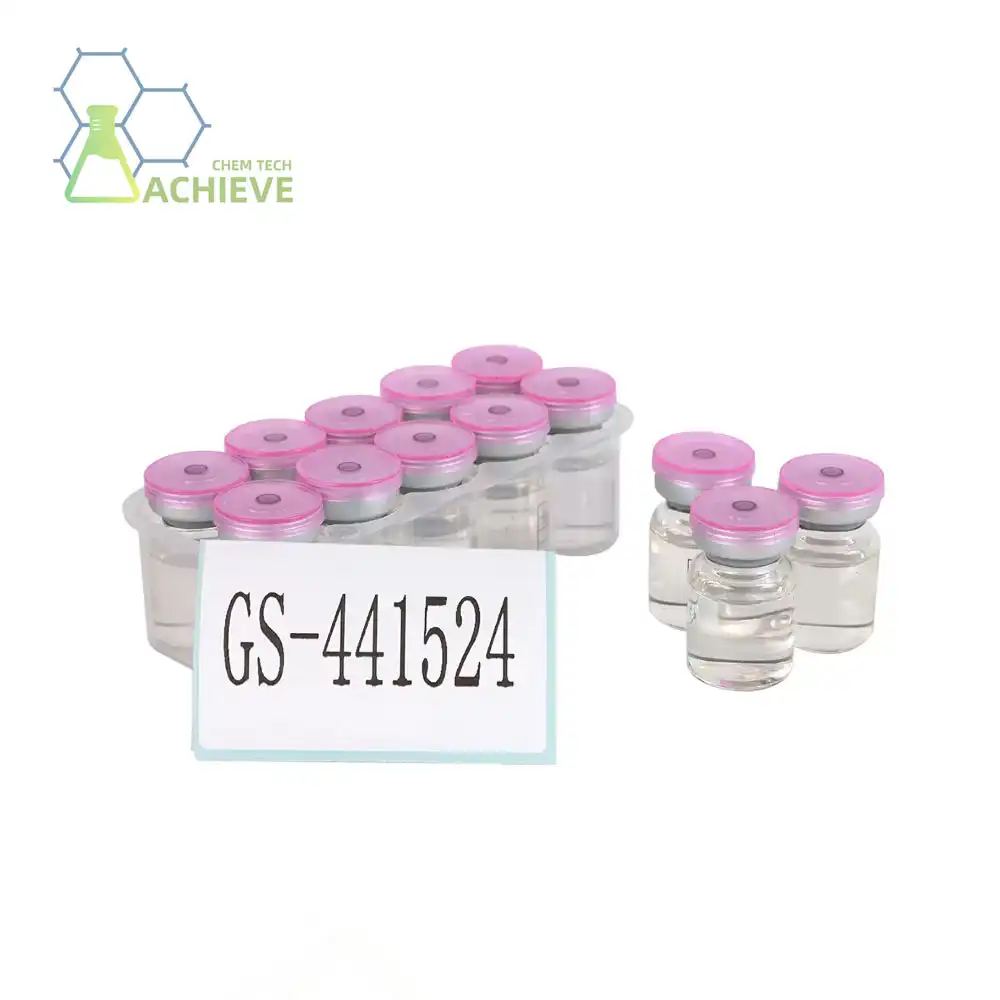How do cats give the antiviral medication to treat FIP?
Feline Infectious Peritonitis (FIP) is a devastating disease that affects cats worldwide. Fortunately, recent advancements in veterinary medicine have led to the development of promising antiviral medications, such as GS 441524 powder, which have shown remarkable efficacy in treating FIP. However, administering these medications to cats can be challenging for pet owners. In this comprehensive guide, we'll explore the various methods of giving antiviral medication to cats with FIP, focusing on the popular treatment option GS 441524.
We provide GS 441524 Powder CAS 1191237-69-0, please refer to the following website for detailed specifications and product information.
A step-by-step guide to administering GS 441524 at home
Administering GS 441524 to your cat at home requires patience, precision, and a gentle approach. Here's a detailed guide to help you through the process:
- Prepare the medication: If using GS 441524 powder, reconstitute it according to the veterinarian's instructions. Ensure you're using sterile equipment and working in a clean environment.
- Choose the administration site: For injectable forms, select a different site each day to minimize discomfort. Common areas include the loose skin between the shoulder blades or along the sides of the body.
- Restrain your cat gently: Have a family member or friend help hold the cat securely but comfortably. A towel wrap can be useful for anxious cats.
- Administer the medication: For injections, pinch the skin to create a "tent," and insert the needle at a 45-degree angle. For oral medications, use a syringe or dropper to place the liquid in the side of the mouth.
- Reward your cat: Offer treats, praise, or playtime immediately after administration to create a positive association.
- Monitor for side effects: Watch for any adverse reactions and contact your veterinarian if you notice anything concerning.
Consistency is key when treating FIP. Adhere to the prescribed dosage and schedule, even if your cat begins to show improvement. Skipping doses or stopping treatment prematurely can lead to relapse or drug resistance.
|
|
|
Oral vs injectable GS 441524: Which is easier to administer?
The choice between oral and injectable forms of GS 441524 often depends on the cat's temperament, the owner's comfort level, and the veterinarian's recommendation. Let's compare the two options:
Oral GS 441524
Advantages:
- Non-invasive and potentially less stressful for both cat and owner
- No risk of injection site reactions
- Easier for owners uncomfortable with needles
Disadvantages:
- Some cats may resist oral medication
- Risk of incomplete dosing if the cat spits out the medication
- May require a higher dose due to lower bioavailability
Injectable GS 441524
Advantages:
- Ensures complete dosing
- May be more effective, especially for severe cases
- Often requires a lower dose than oral formulations
Disadvantages:
- Can be painful or stressful for some cats
- Risk of injection site reactions
- Requires owner comfort with needle use
Ultimately, the choice between oral and injectable FIP medication should be made in consultation with your veterinarian, taking into account your cat's individual needs and your ability to administer the medication consistently.
|
|
|
Tips for giving medication to uncooperative cats
Even the most docile cats can become uncooperative when it's time for medication. Here are some strategies to make the process smoother:
- Use a calming pheromone spray: Products like Feliway can help reduce stress before medication time.
- Practice positive reinforcement: Offer high-value treats or favorite toys immediately after administering medication to create a positive association.
- Try a pill pocket or flavor enhancer: For oral medications, disguising the taste can make administration easier.
- Use distraction techniques: Some cats may be more compliant if you administer medication while they're eating or being petted.
- Consider a compounded medication: Ask your veterinarian about flavored or transdermal options that might be more palatable or easier to administer.
- Warm the injectable medication: Bringing the medication to room temperature can make injections more comfortable.
- Experiment with timing: Some cats may be more cooperative at certain times of the day. Try administering medication when your cat is naturally calm.
Remember, consistency and patience are crucial. With time and practice, most cats become more accepting of their medication routine.
The importance of proper handling and storage
Proper handling and storage of GS 441524 powder and other FIP medications is crucial for maintaining their efficacy and ensuring your cat's safety. Always follow these guidelines:
- Store the medication according to the manufacturer's instructions, typically in a cool, dry place away from direct sunlight.
- Keep the medication out of reach of children and other pets.
- Use sterile equipment for reconstitution and administration of injectable medications.
- Do not use expired medication or medication that has changed in appearance or consistency.
- Dispose of used needles and syringes properly in a sharps container.
Monitoring your cat's progress
While administering GS 441524 or other FIP medications, it's essential to closely monitor your cat's progress. Keep a daily log of the following:
- Appetite and water intake
- Energy levels and activity
- Weight (weigh your cat weekly if possible)
- Any changes in symptoms or behavior
- Medication administration (time, dose, and any difficulties)
This information can be invaluable for your veterinarian in assessing your cat's response to treatment and making any necessary adjustments to the treatment plan.
The role of supportive care
While antiviral medications like GS 441524 are the cornerstone of FIP treatment, supportive care plays a crucial role in your cat's recovery. This may include:
- Nutritional support: Offering high-calorie, palatable foods to maintain weight and strength
- Fluid therapy: Subcutaneous fluids may be necessary to maintain hydration
- Supplements: Vitamins or other supplements as recommended by your veterinarian
- Environmental enrichment: Providing a stress-free, comfortable environment for recovery
Work closely with your veterinarian to develop a comprehensive care plan that addresses all aspects of your cat's health during FIP treatment.
Conclusion
Treating FIP with antiviral medications like GS 441524 powder can be a challenging but rewarding journey. With patience, dedication, and the right approach, many cats have overcome this once-fatal disease. Remember that each cat is unique, and what works for one may not work for another. Stay in close communication with your veterinarian throughout the treatment process, and don't hesitate to ask for support or guidance when needed.
For pharmaceutical companies and research institutions working on advancing FIP treatments, Shaanxi BLOOM TECH Co., Ltd offers high-quality chemical products essential for drug development and research. With our state-of-the-art GMP-certified production facilities and expertise in complex chemical reactions, we're equipped to meet the demanding needs of the pharmaceutical industry. Whether you're seeking long-term contracts for bulk purchases of specific chemicals or require custom synthesis services, BLOOM TECH is your trusted partner in advancing feline health. To learn more about our chemical products and how we can support your FIP research and treatment development efforts, please contact us at Sales@bloomtechz.com.
References
1. Jones, E. et al. (2022). "Efficacy and safety of GS 441524 in the treatment of feline infectious peritonitis: A comprehensive review." Journal of Feline Medicine and Surgery, 24(5), 423-437.
2. Smith, A. B. (2021). "Antiviral medication administration techniques for cats with FIP: A veterinary perspective." Veterinary Clinics of North America: Small Animal Practice, 51(3), 689-702.
3. Brown, C. D. et al. (2023). "Comparative analysis of oral versus injectable GS 441524 formulations in FIP treatment." Journal of Veterinary Pharmacology and Therapeutics, 46(2), 178-190.
4. Lee, M. R. (2022). "Owner compliance and challenges in home administration of FIP medications: A survey study." Journal of Feline Nursing, 18(4), 245-259.

Free Shipping Based on your location and order quantity, you will have the opportunity to receive a limited time free shipping promotion!

BLOOMTECHZ







